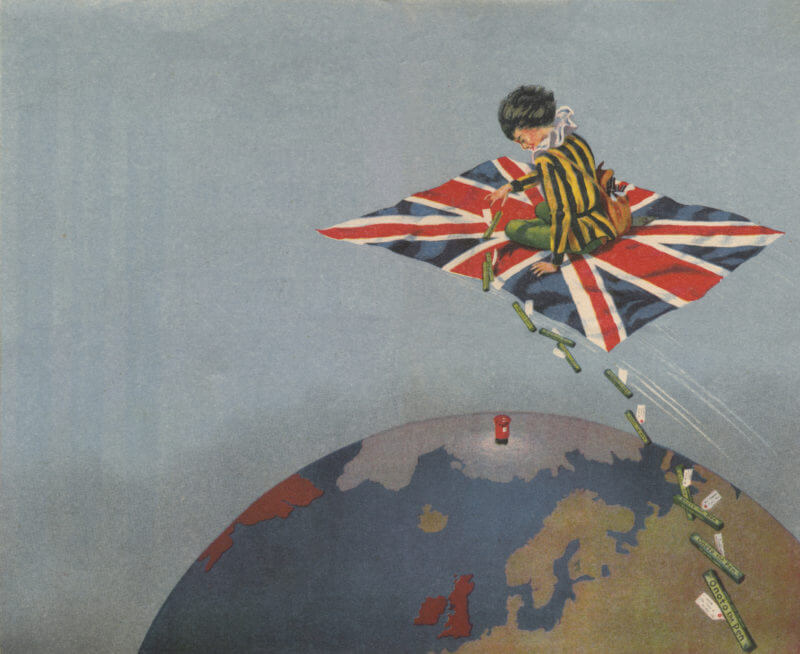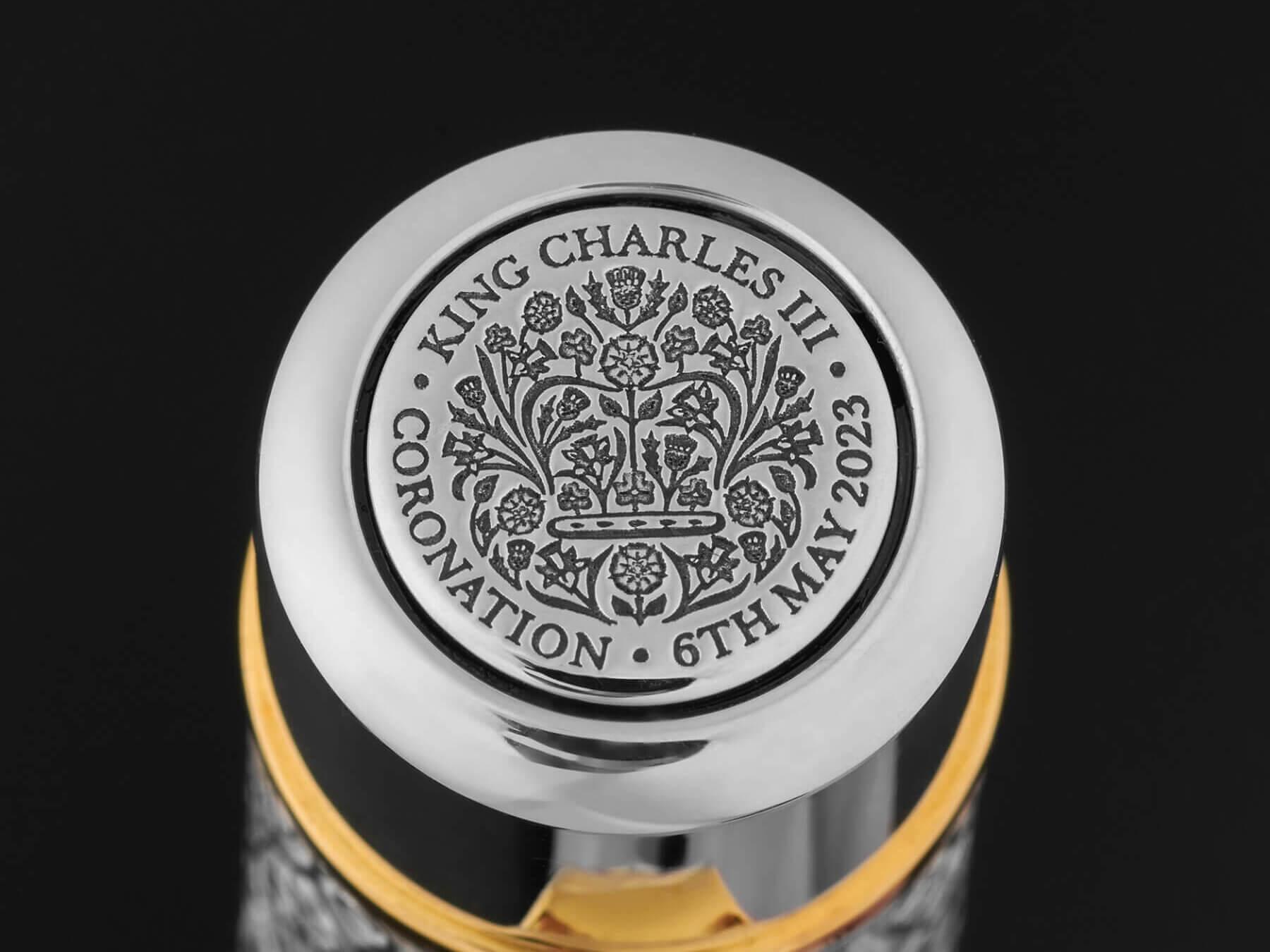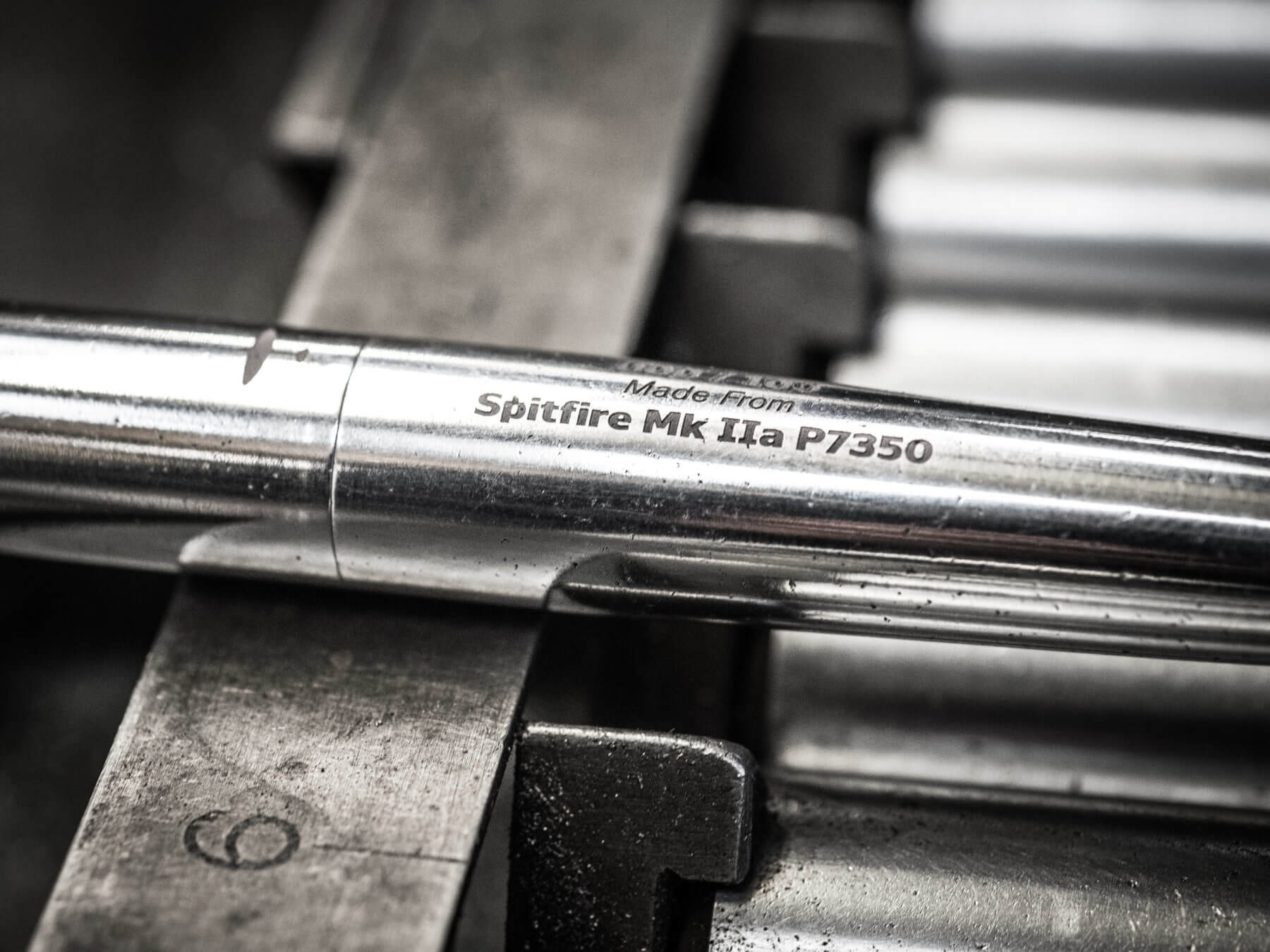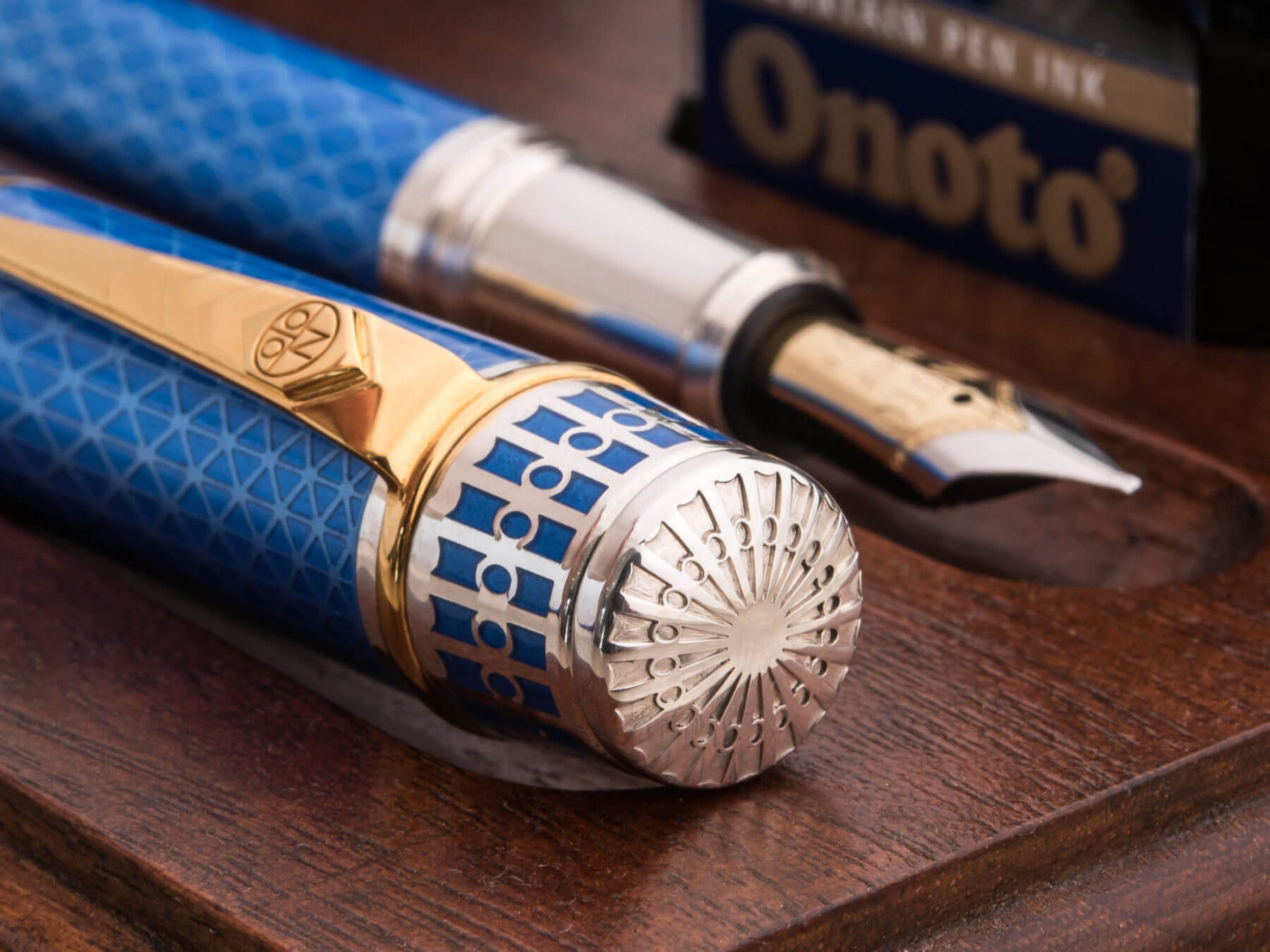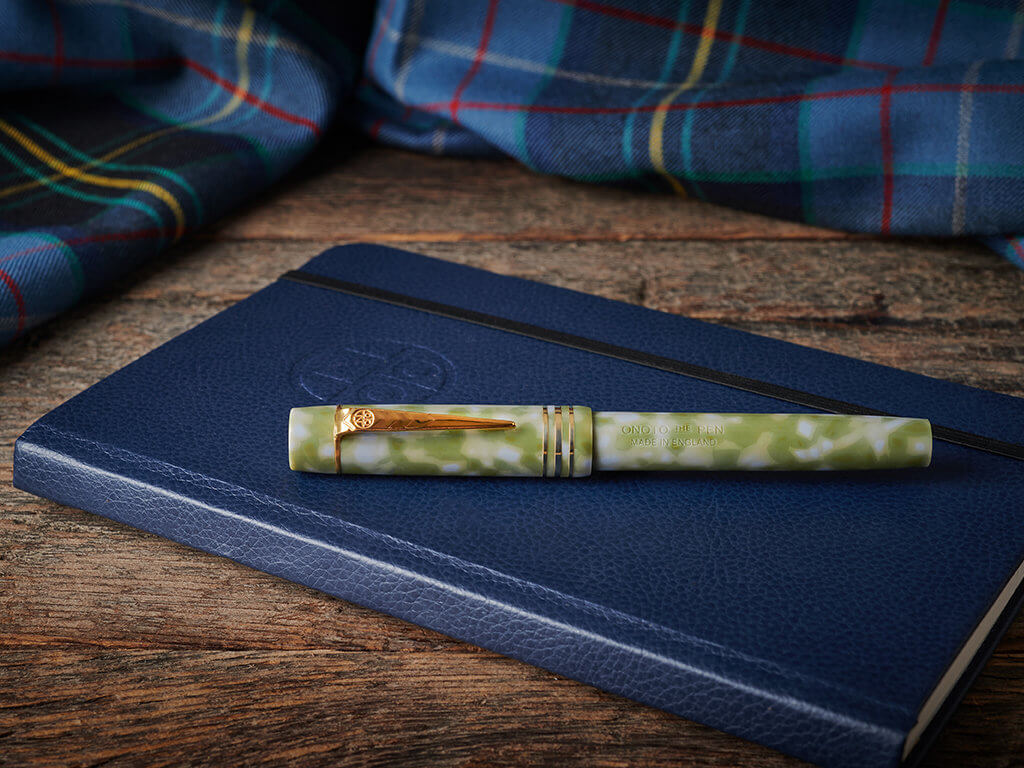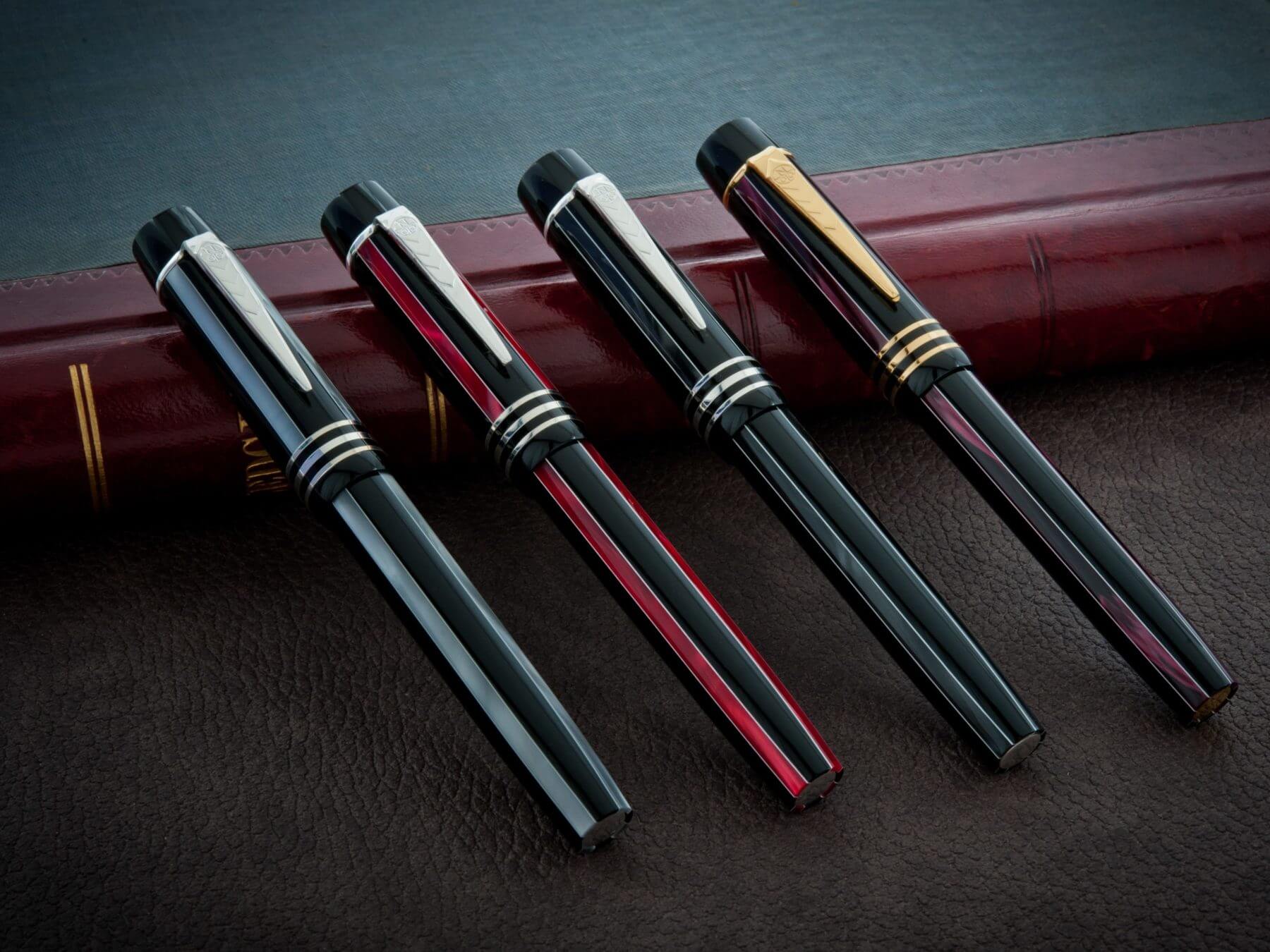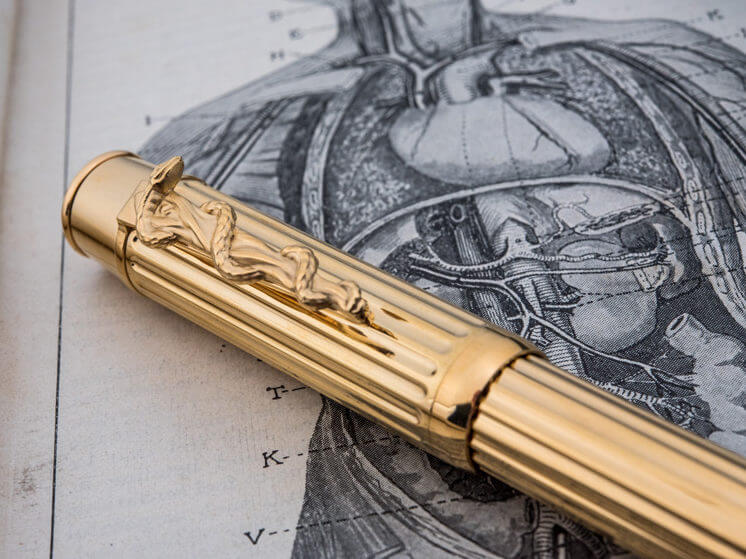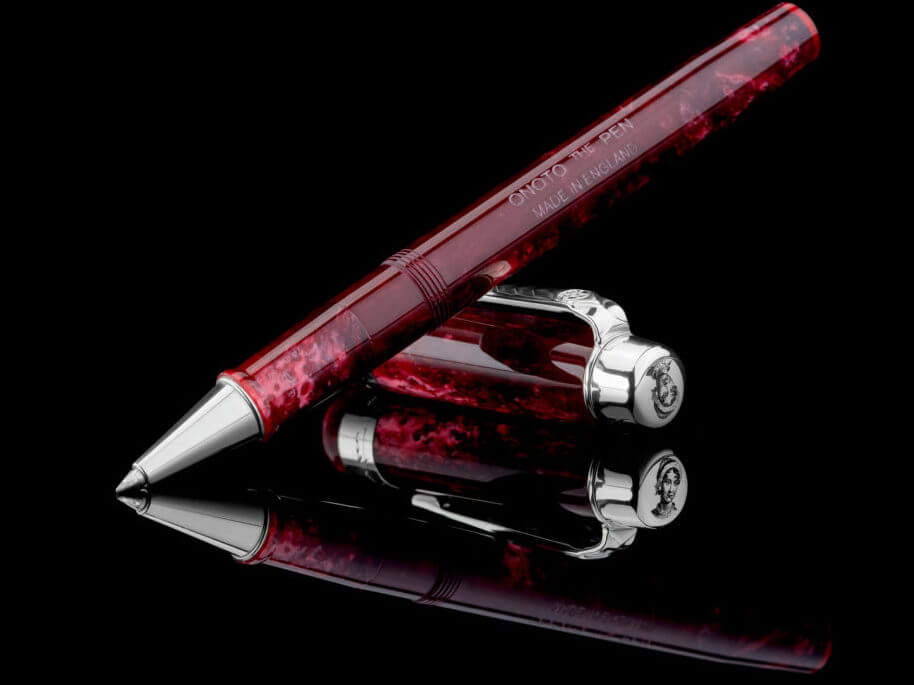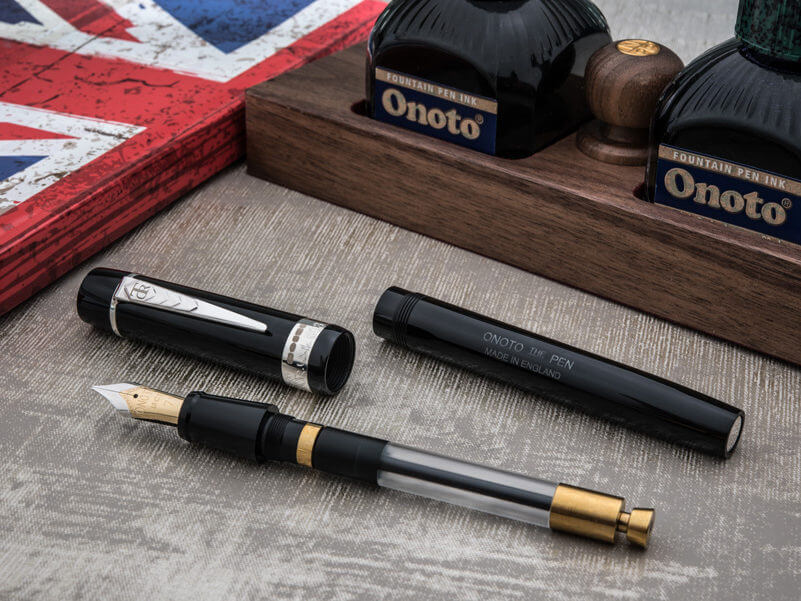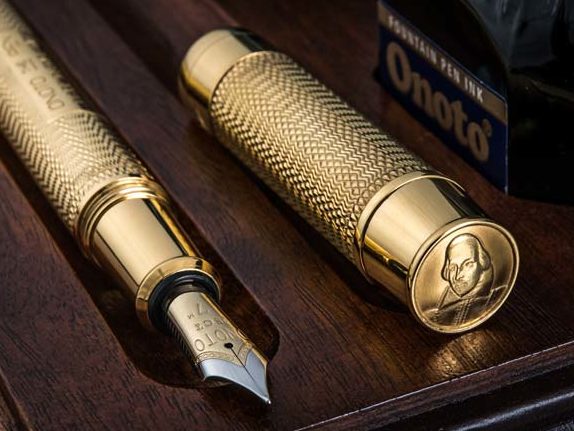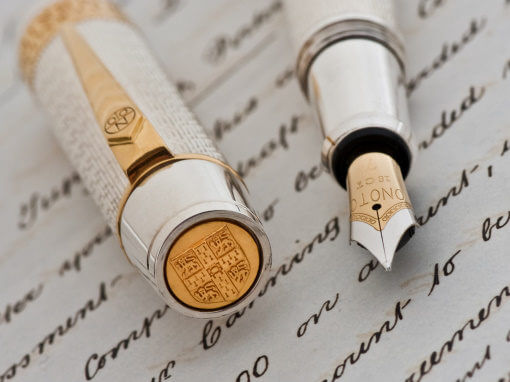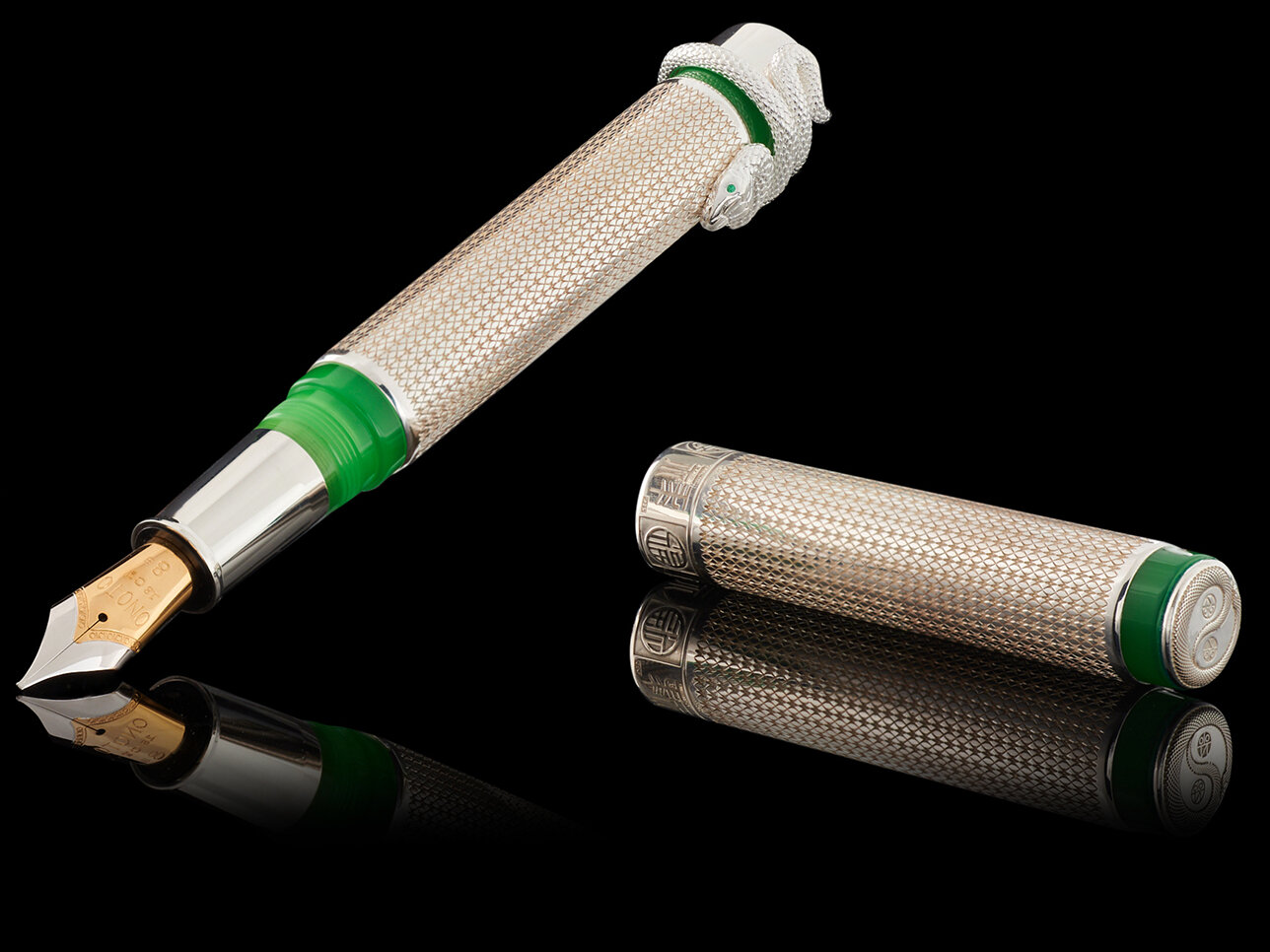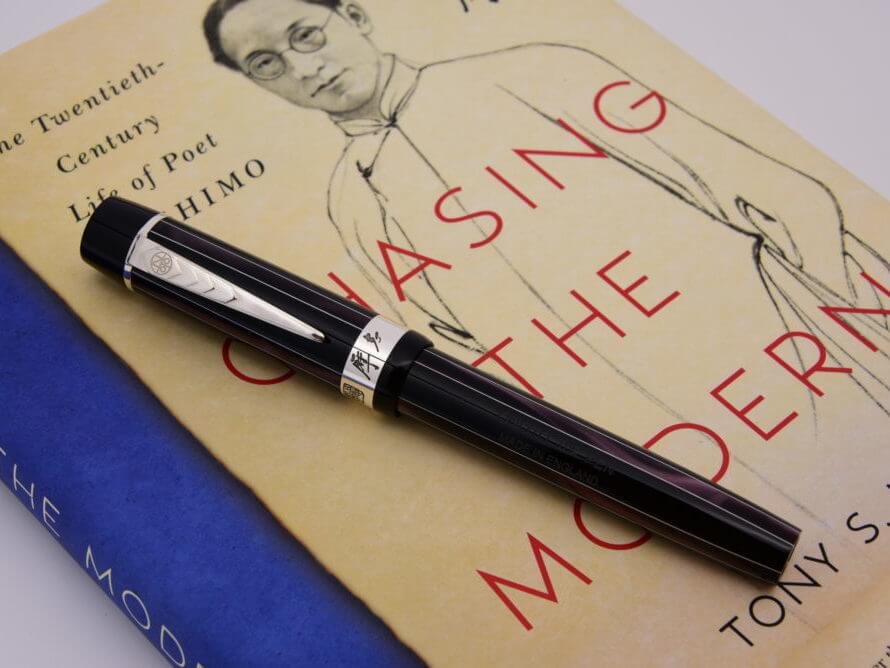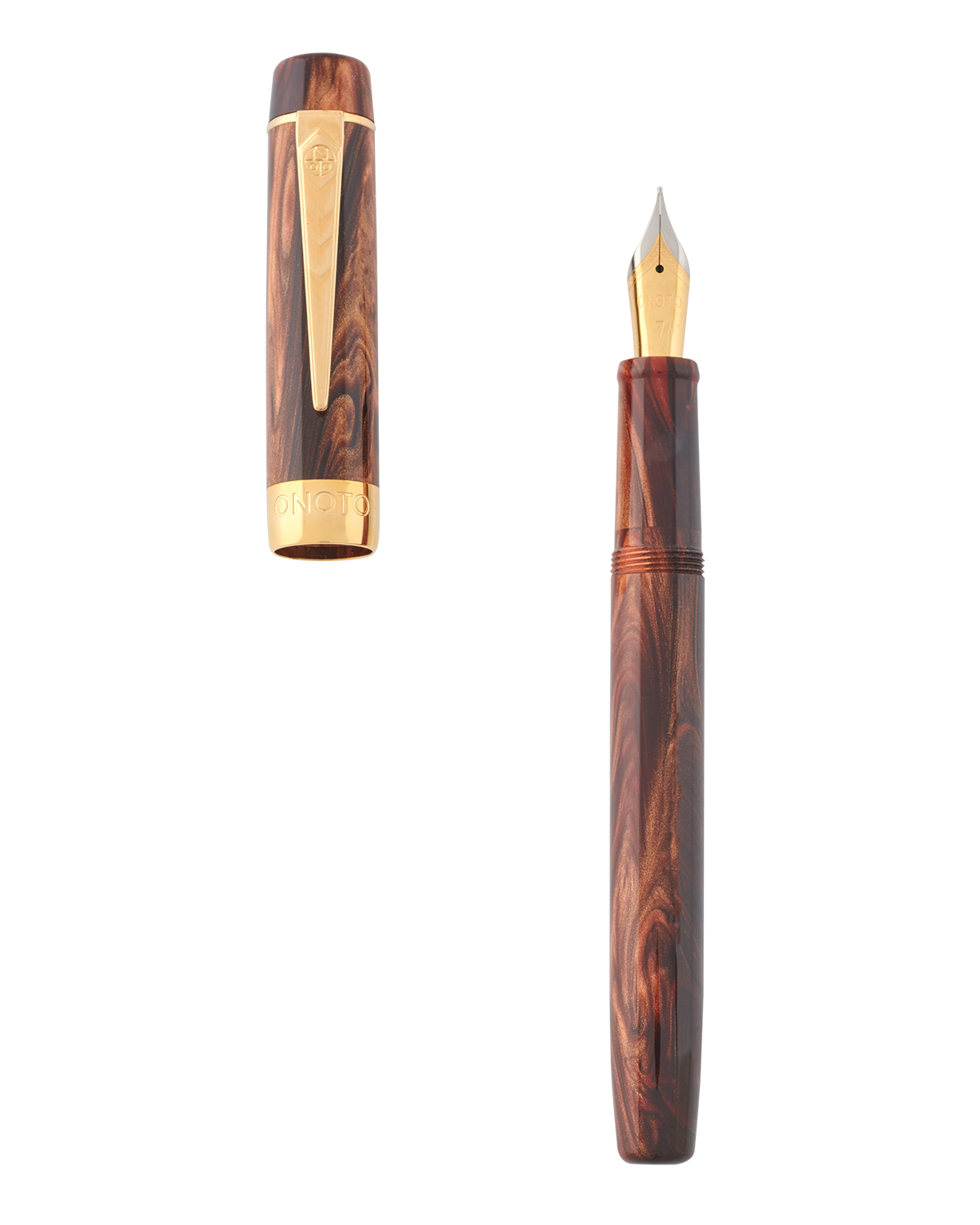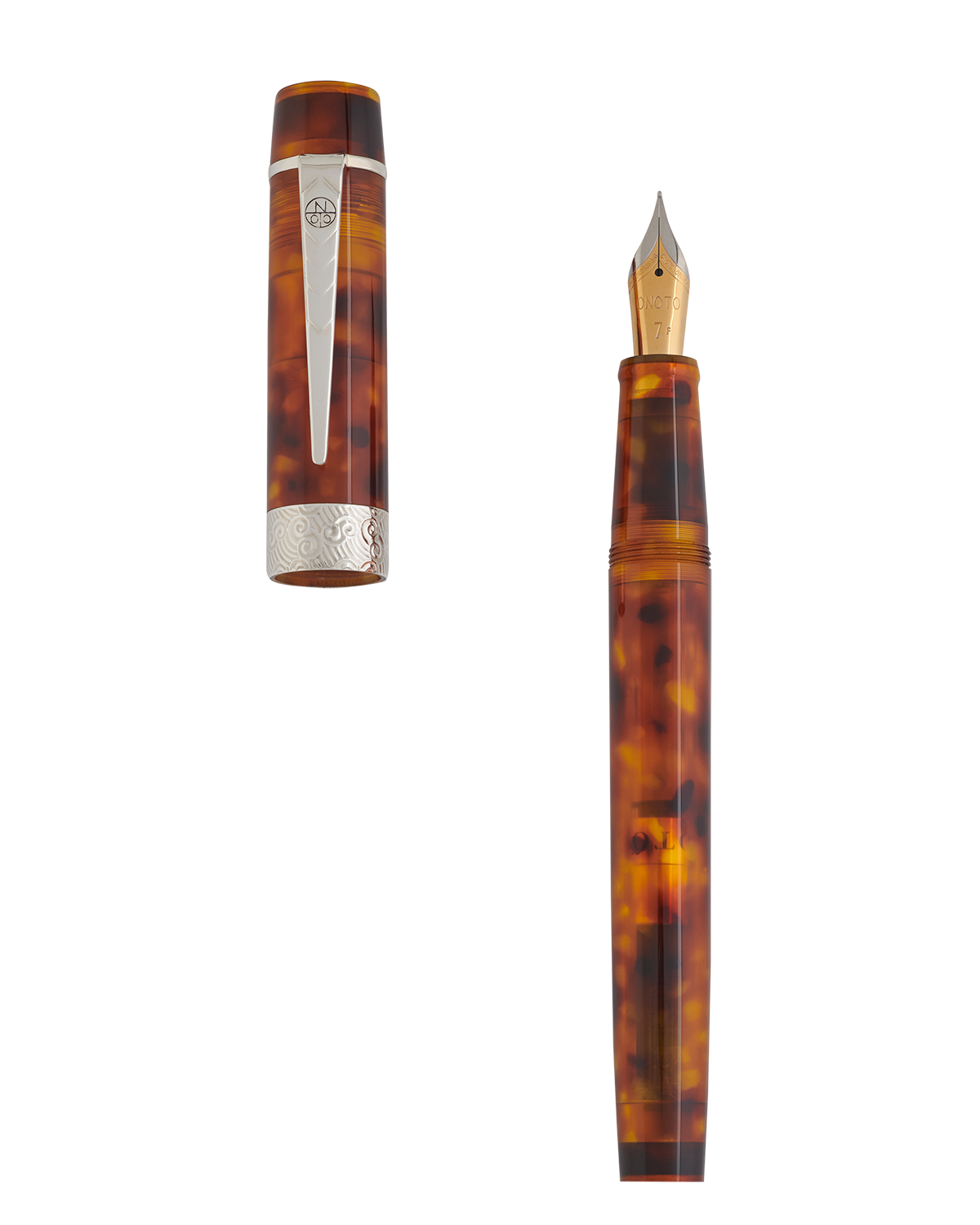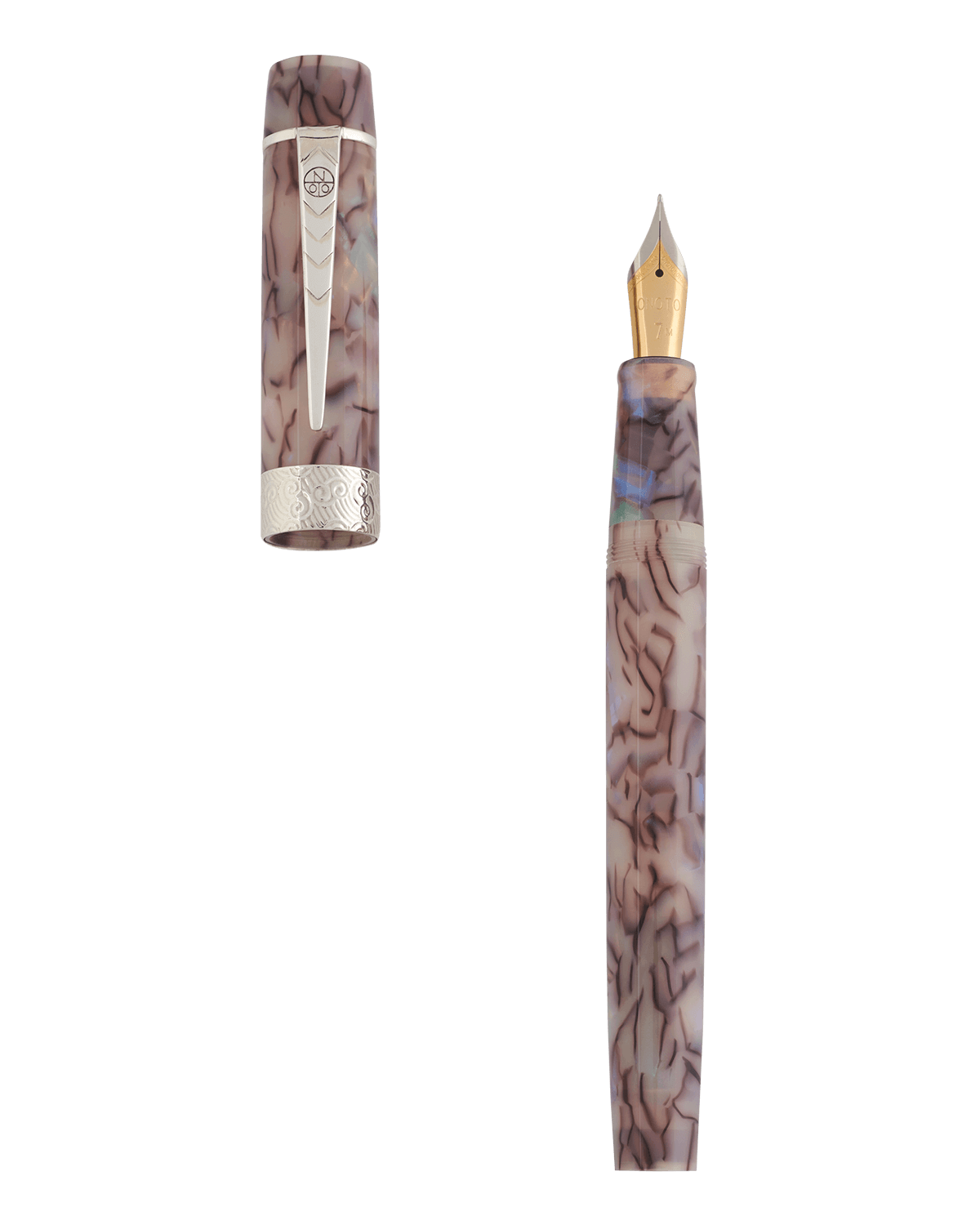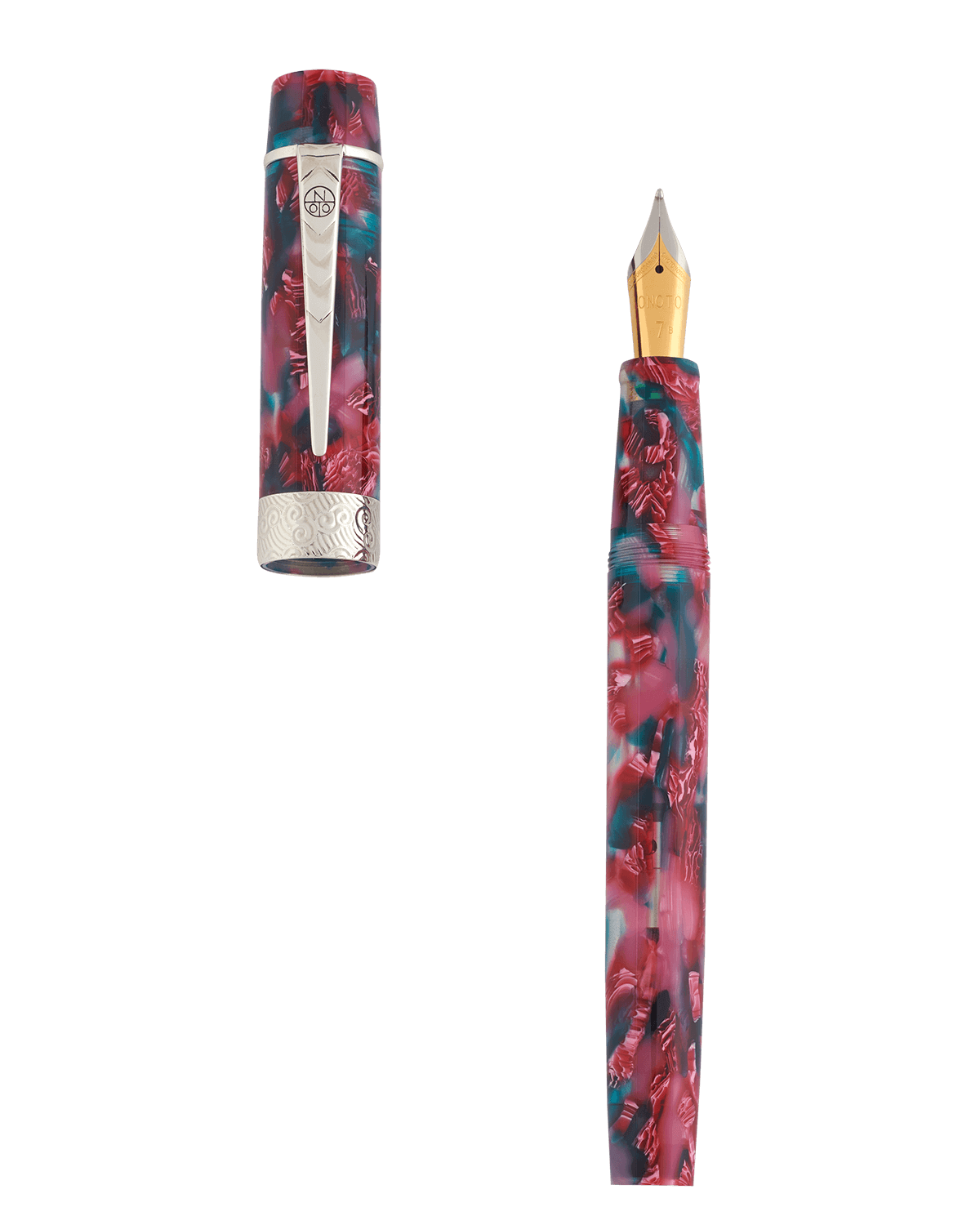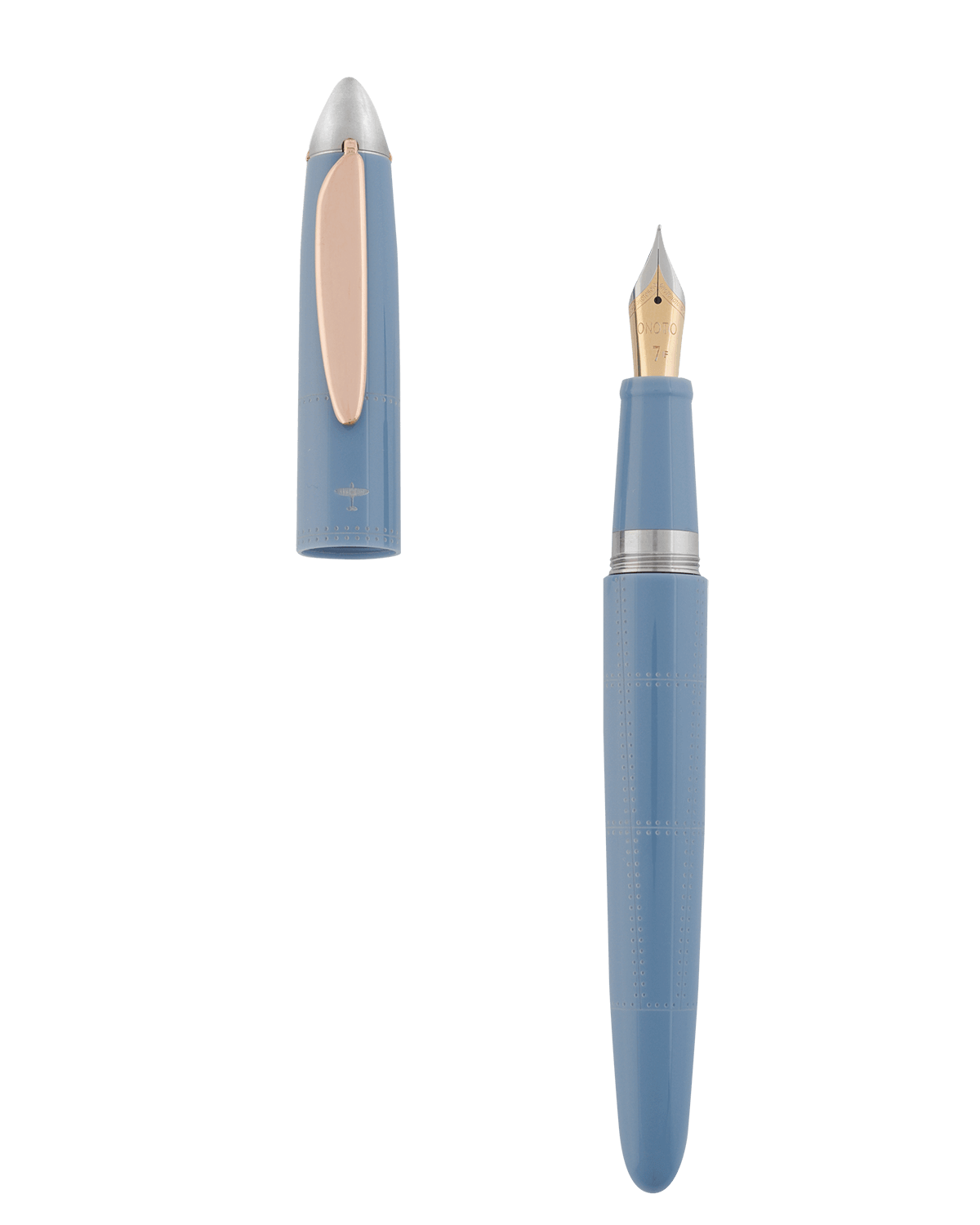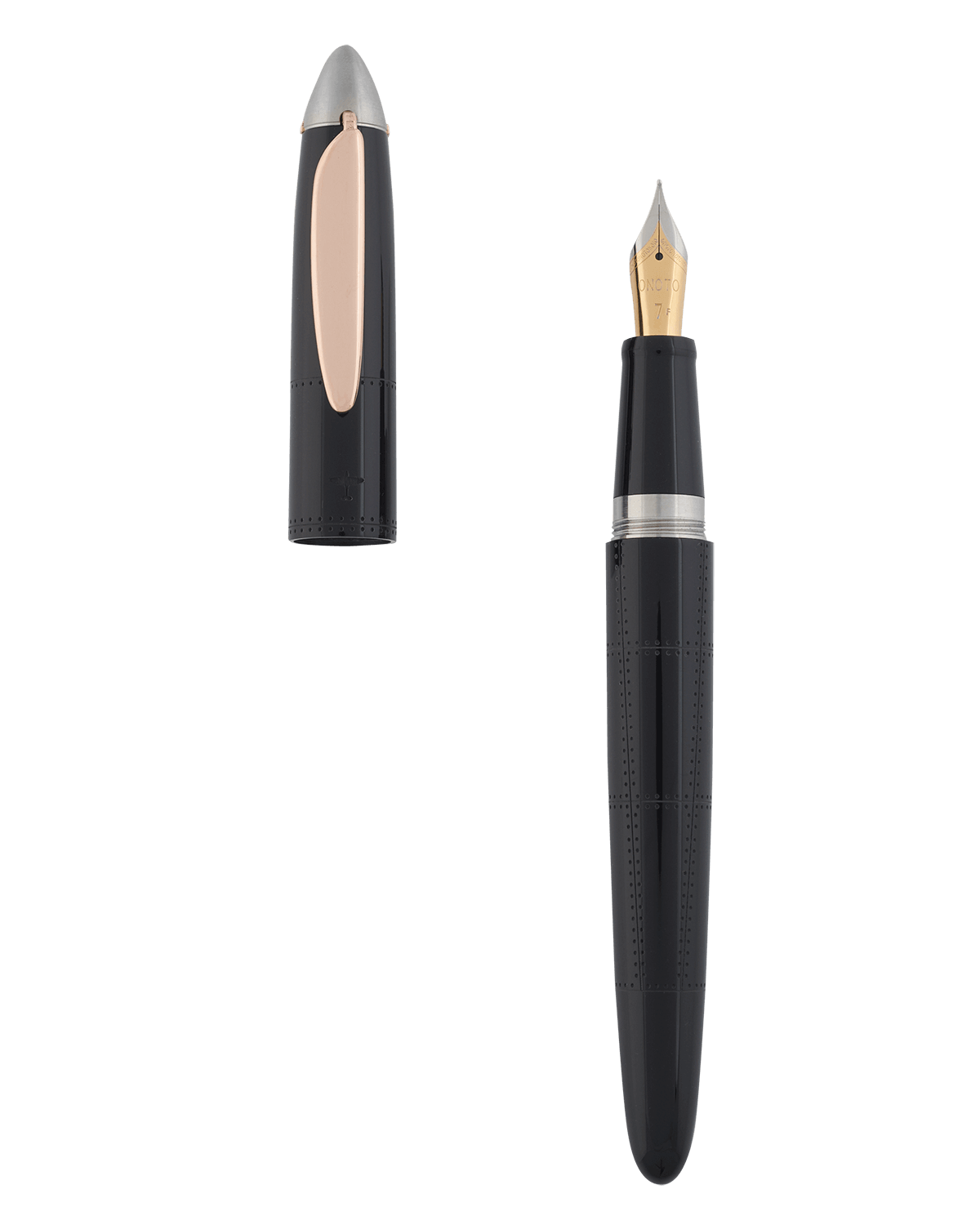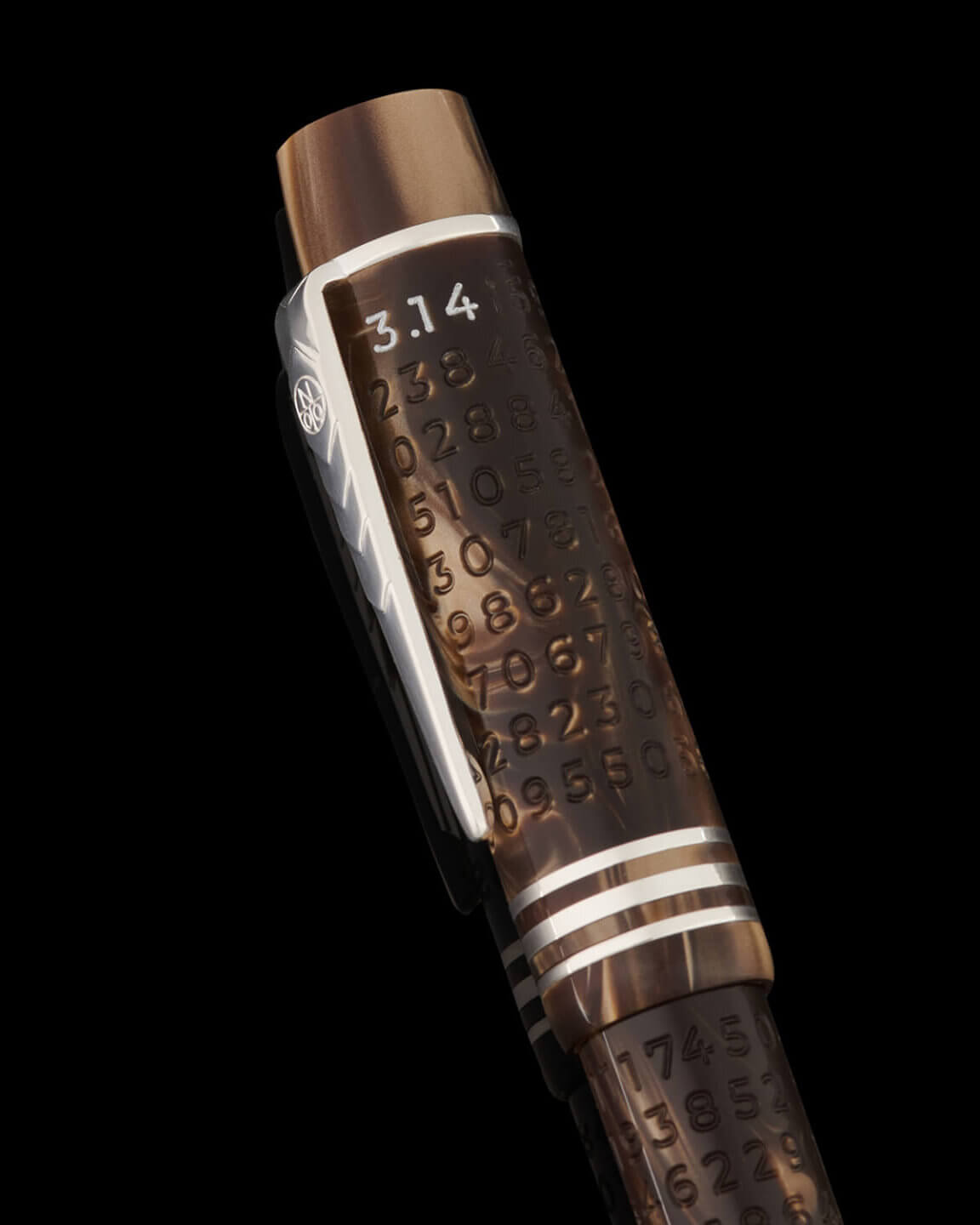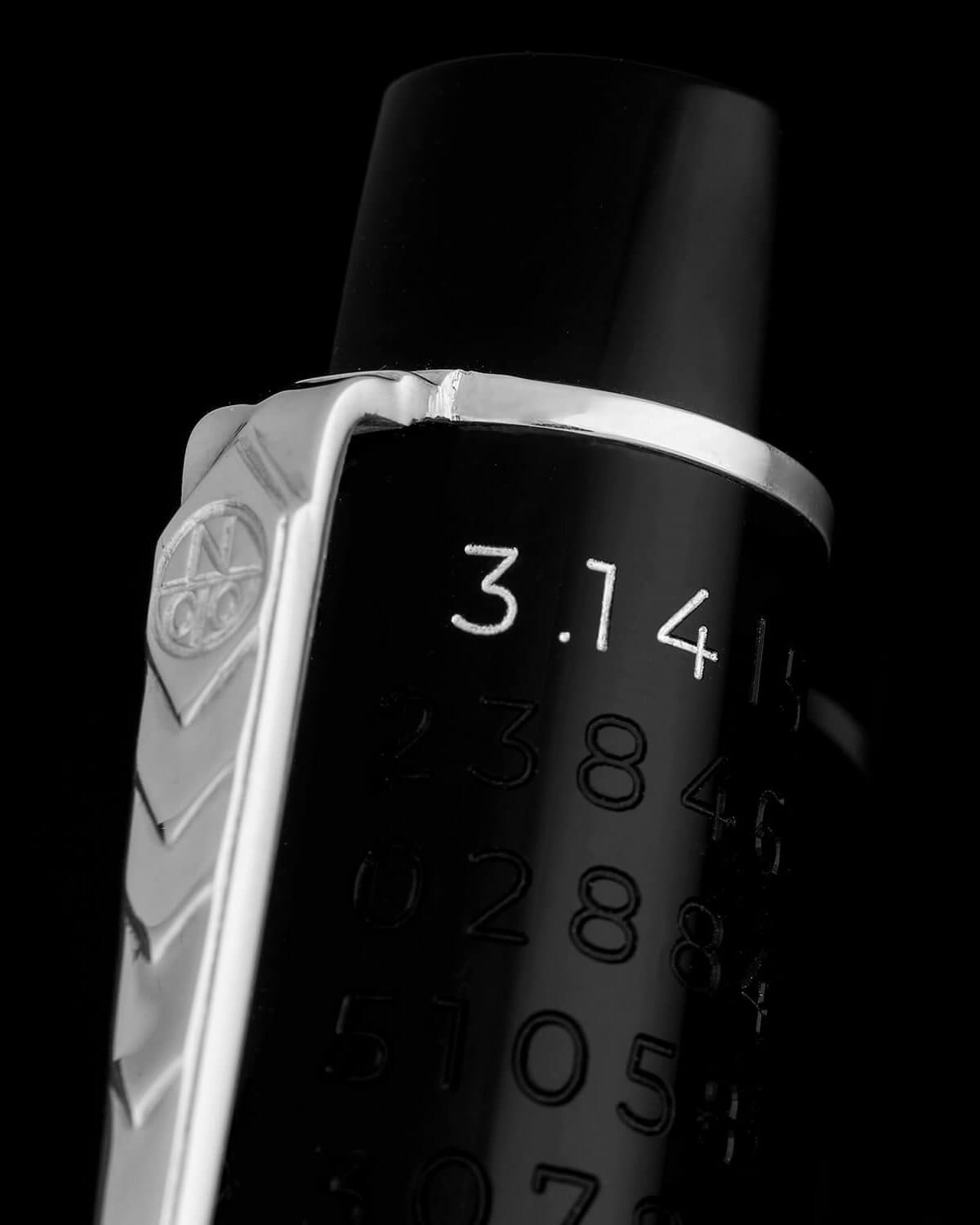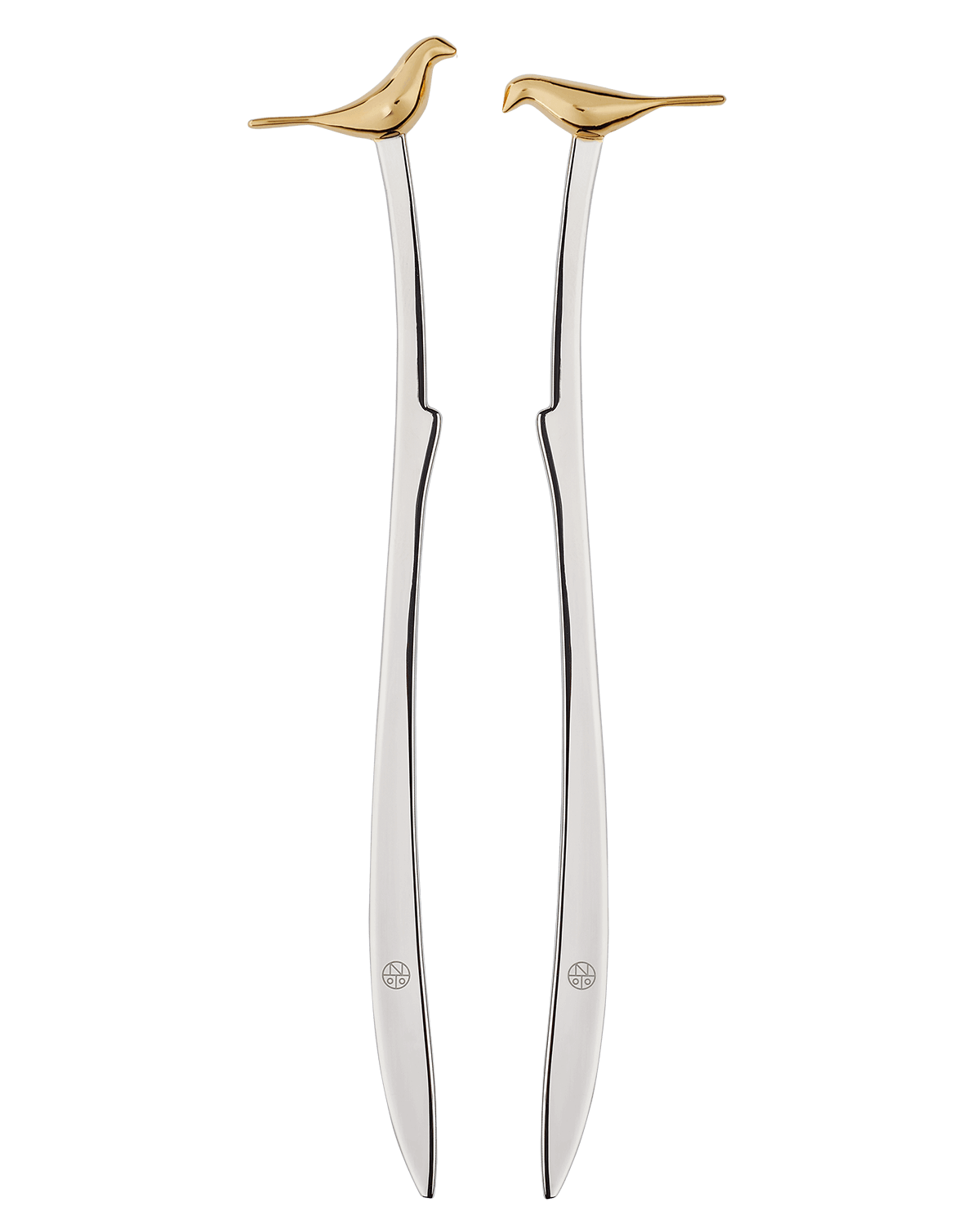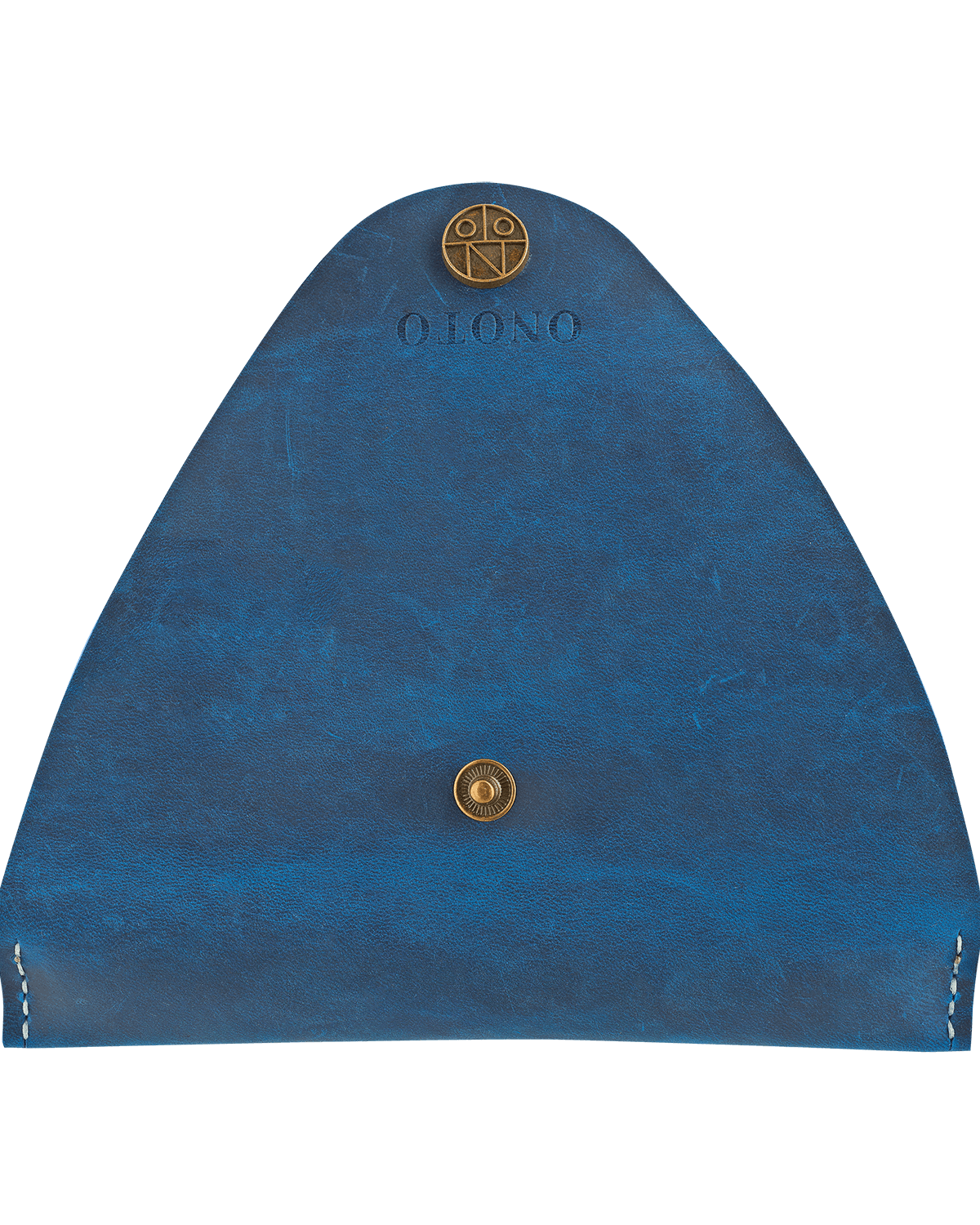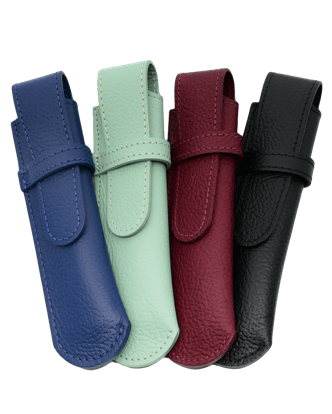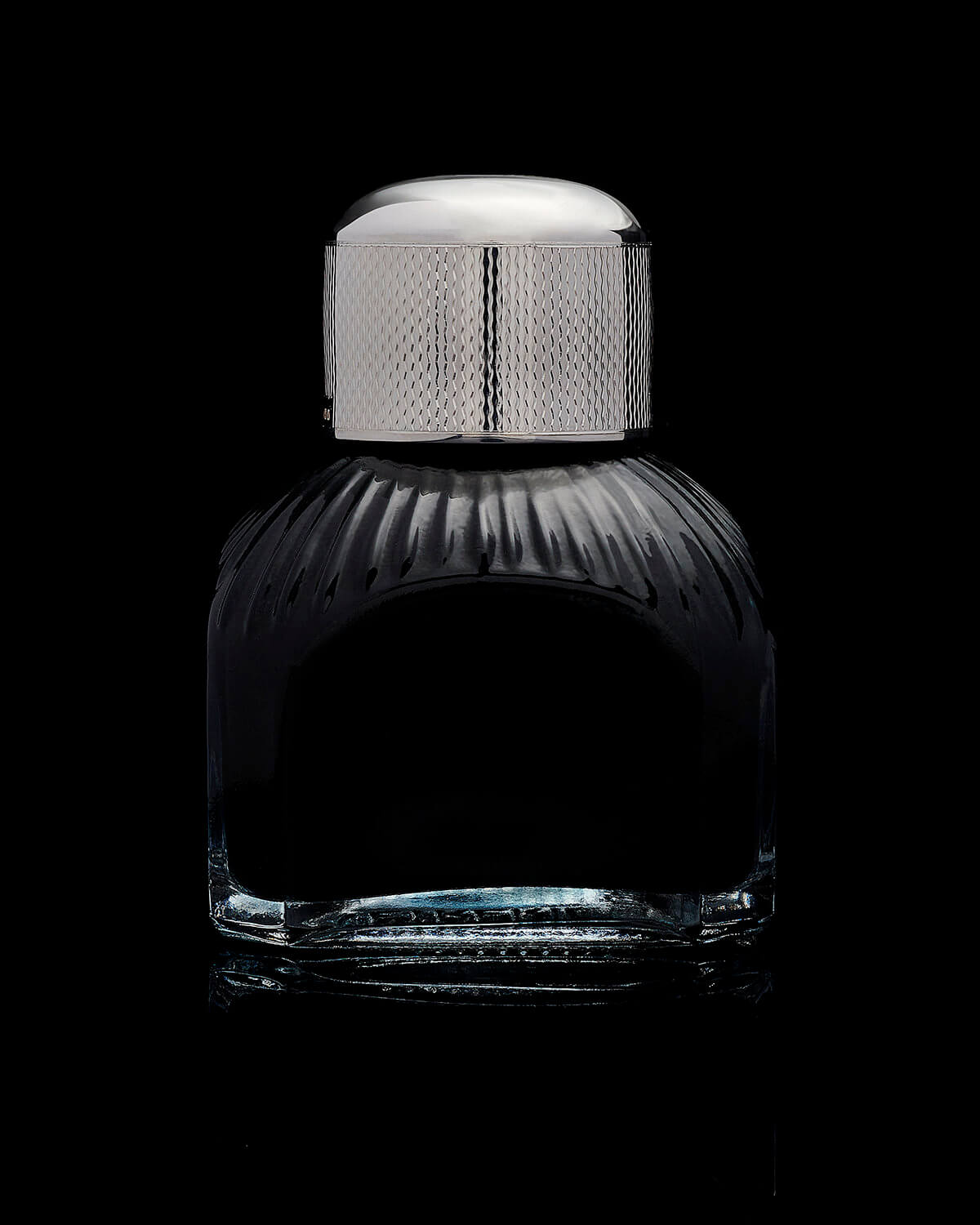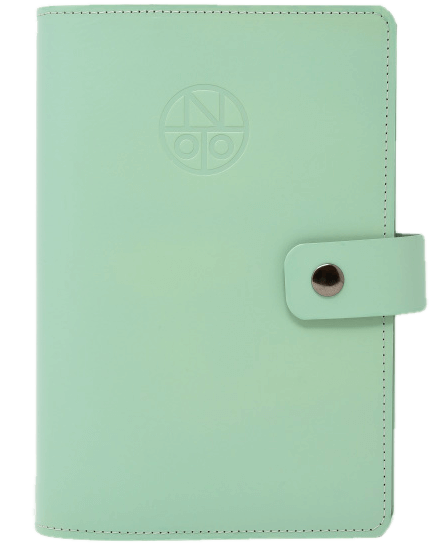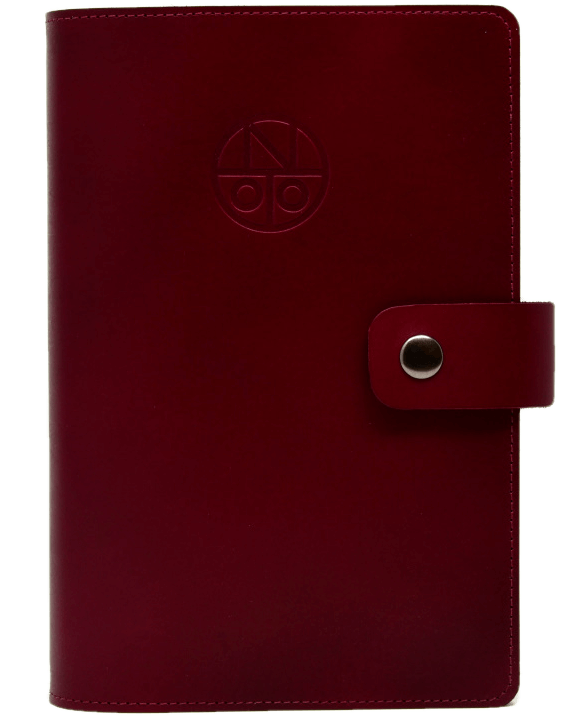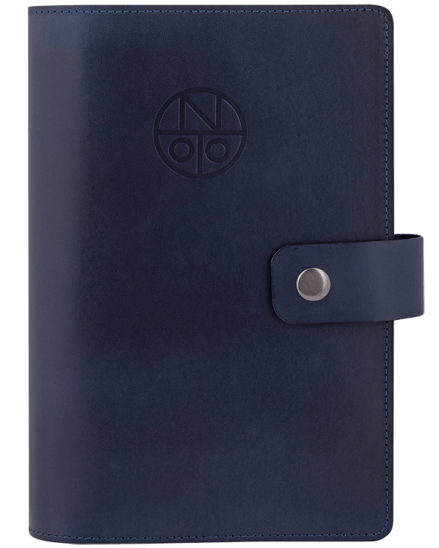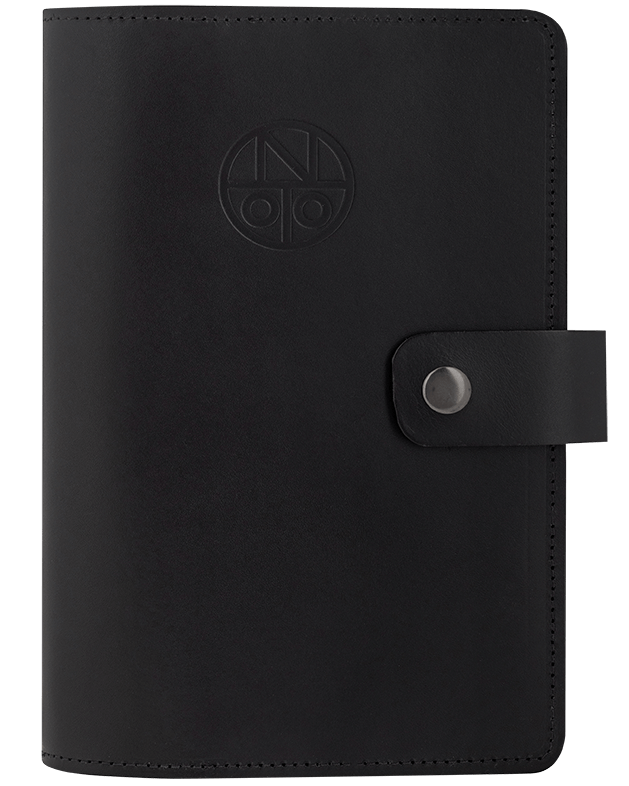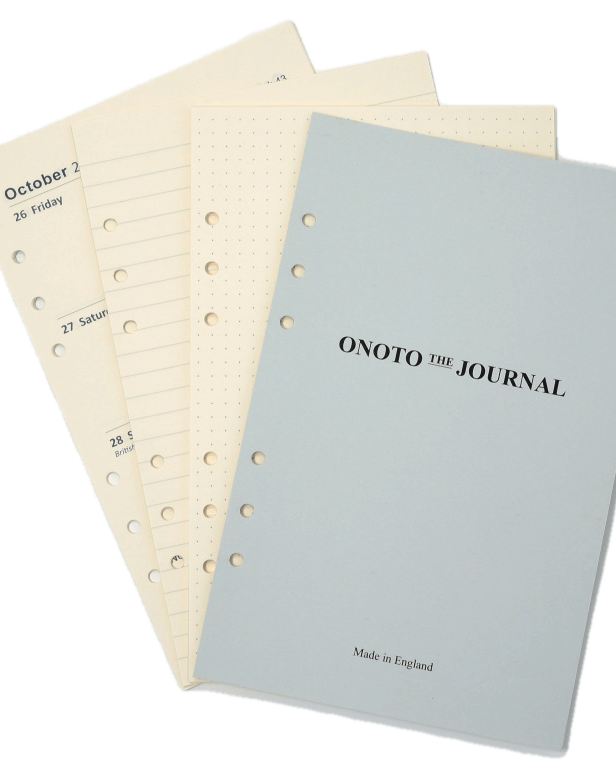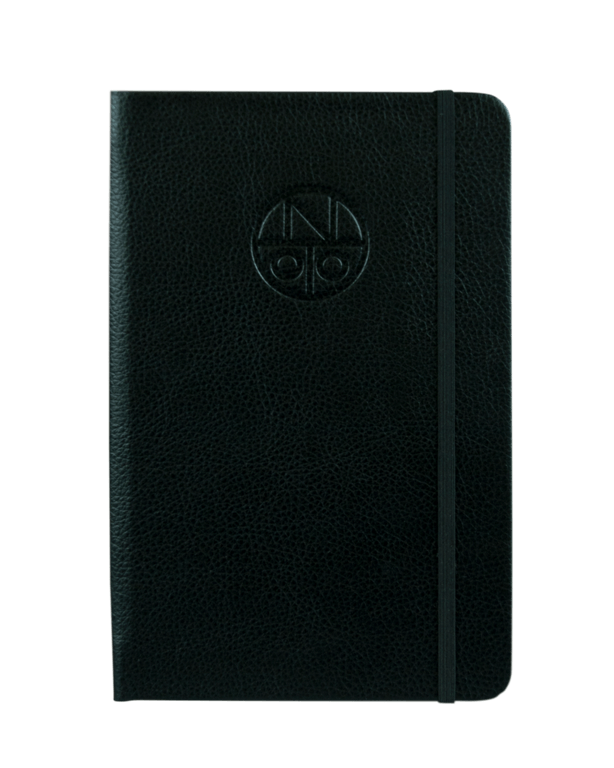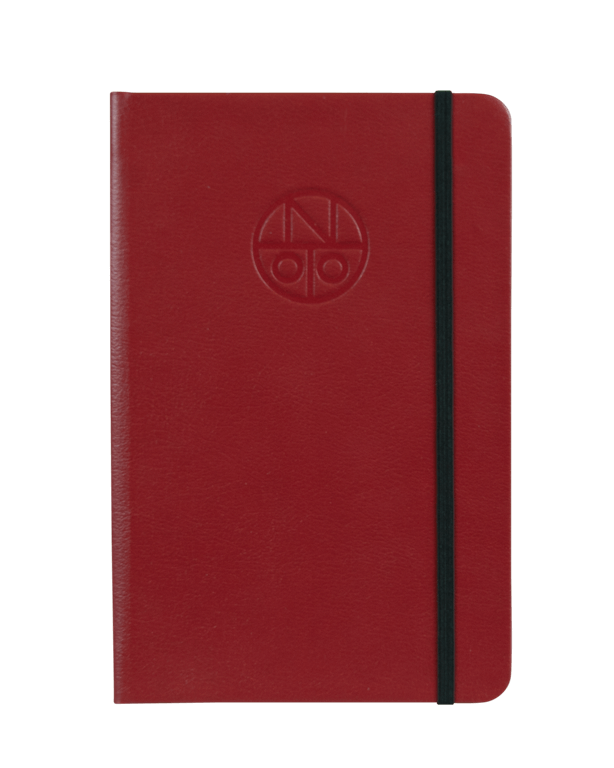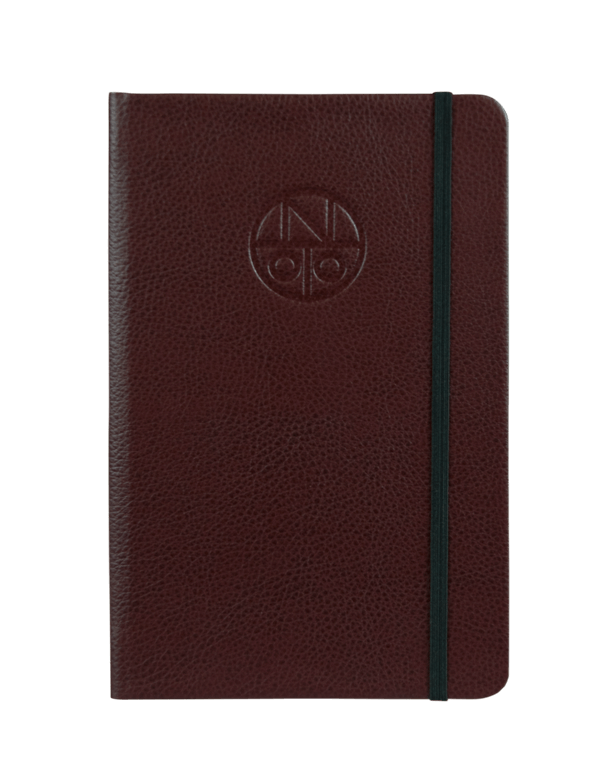In the history of writing instruments, Onoto stands proud as a name synonymous with ingenuity, art deco style and British eccentricity. Our story began in 1905 when one of the world’s largest printing companies, De La Rue, had started producing high-end artisanal fountain pens first in Bunhill Row, London, and then in Strathendry, Scotland.
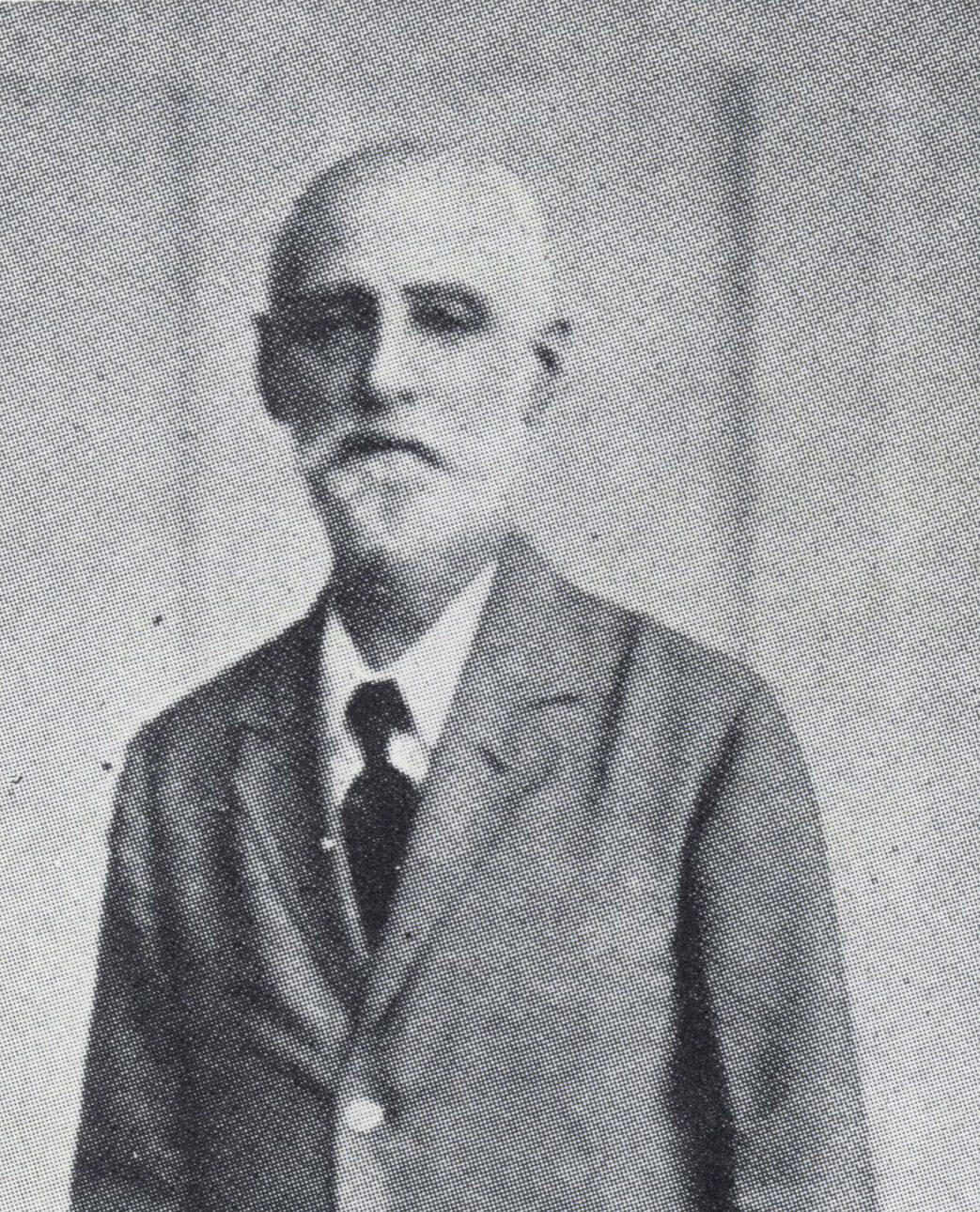
At a time when ink was inserted into fountain pens largely with eye-droppers, Thomas de La Rue’s son, Evelyn, had persuaded his father to purchase a patent for a plunger-filling ink mechanism that was simple to use and guaranteed not to leak. Its inventor, George Sweetser, was a not only a brilliant mechanical engineer from Surrey, but a roller-skating champion and a famous female impersonator on the vaudeville circuit. While Sweetser went on skating into his 80s, “Onoto the Pen” gradually developed from the original black chased vulcanite model into its stylish marbled acrylic and resin versions. By the 1920s the range had grown into a vivid collection of distinct fountain pens with a global reputation.
World War II and the restrictive post-war period that followed meant cutting down on the lavish artisanal designs of the pens and instead, focusing on practicality. Onoto, yet again had proven its ingenuity by innovating under constraints. It introduced the “active service” pen containing dissolvable ink pellets to last for a year. The last Onoto pens, plain in colour, were made by De la Rue at Strathendry in 1958, before its production moved to Australia.
Almost half a century later, in 2005, Onoto was resurrected to its former lustrous glory with centralised operations and leadership. We had since been introducing a growing number of limited-edition historic collections of fountain pens made in Britain for cultured connoisseurs with discerning tastes and inquisitive minds. The company, now exists to preserve traditional craftsmanship techniques of pen-masters for the next century to come. And we are counting on our ingenuity, savoir-faire and British wit to get us through it.
Innovative fountain pens
1913 Red-chased Onoto
1915 Onoto Valveless
1921 Onoto ink pencil
1922 Onoto Safety ‘Receder’ and Onoto metal-cased pencils
1923 Onoto lever-filler
1924 ‘Mammoth’ Onoto with No 8 nib
1925 ‘Princess Mary’ Onoto in powder blue
1928 Coloured plastic Onotos
1929 Onoto desk sets
1935 Visible-ink Onotos
1937 Onoto Magnas
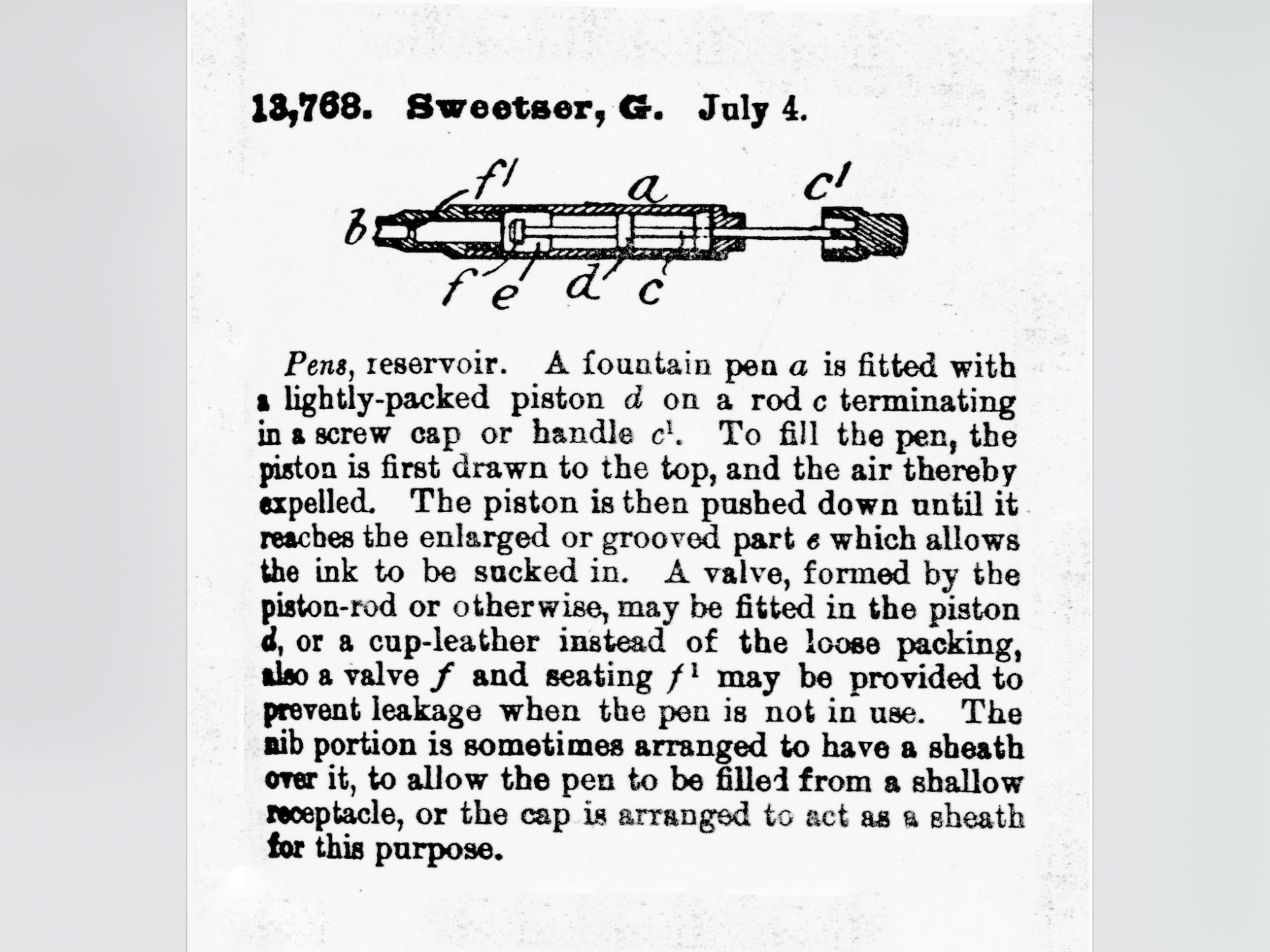
1905 George Sweetser's Patent Plunger Filling System
King George V, watched by Queen Mary, signing his name with an Onoto pen during a visit to Jersey, 1921
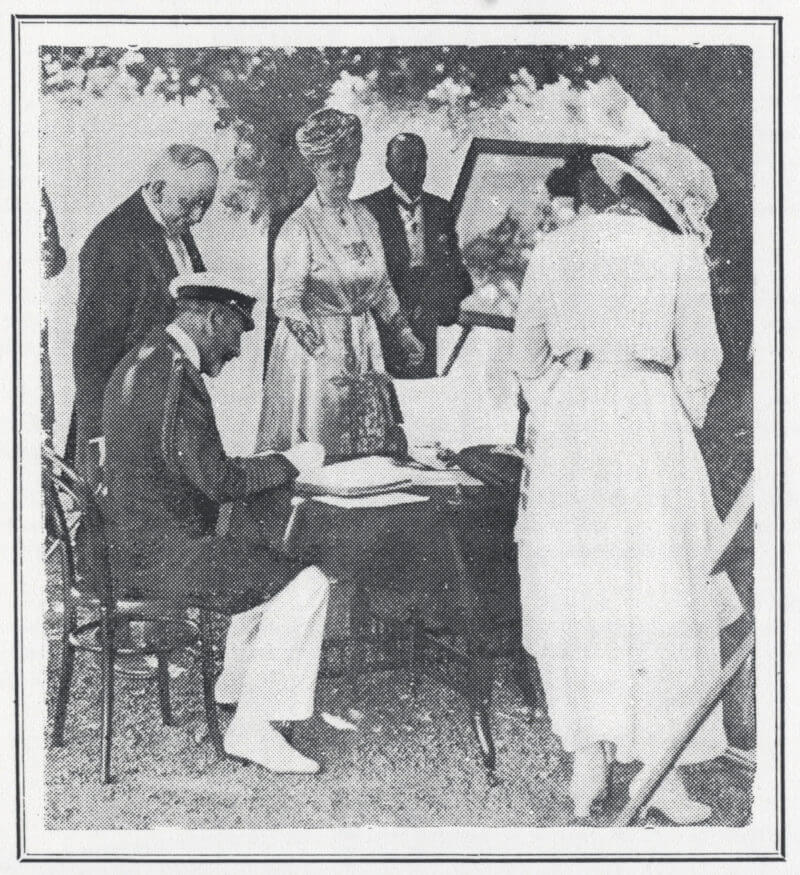
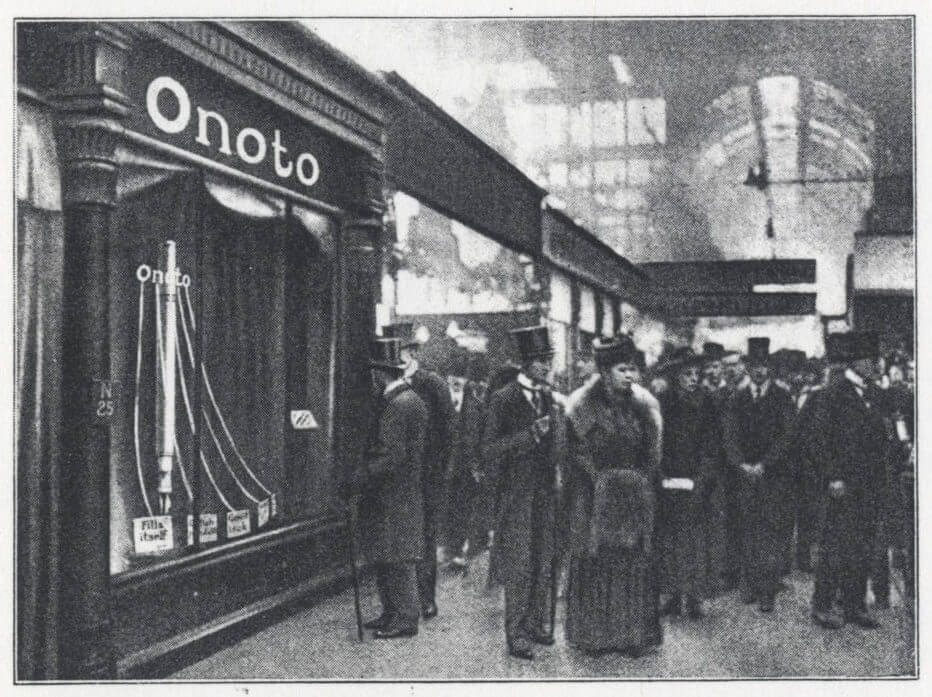
King George V (at window) and Queen Mary (centre) at the De La Rue stand, British Industries’ Fair, 1920
A typical high street window display featuring Onoto pens, 1920s
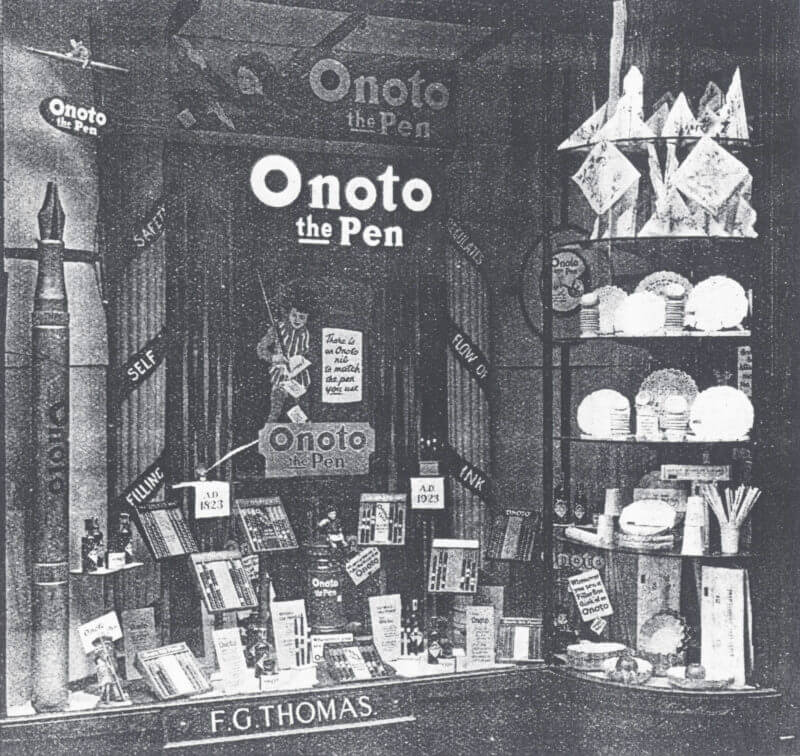
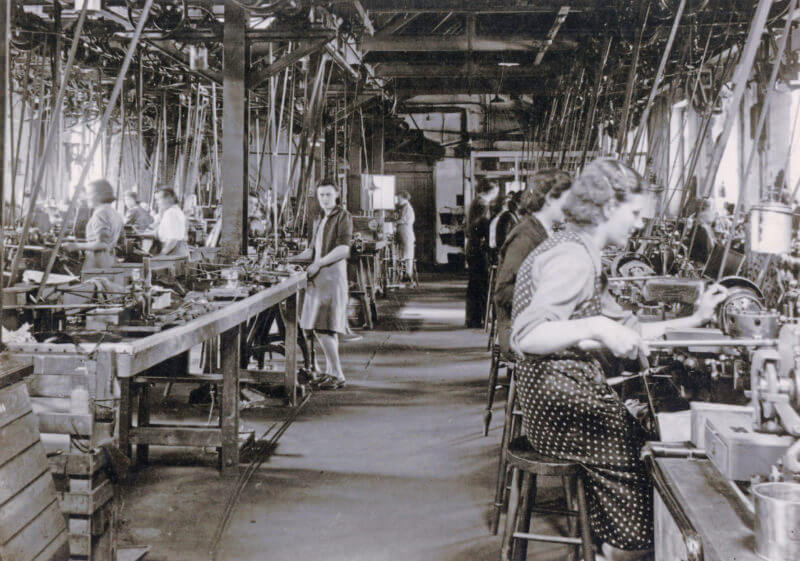
Onoto Factory Strathendry, Fife 1950s
One of many dozens of different advertisements that appeared in the French press, 1910s
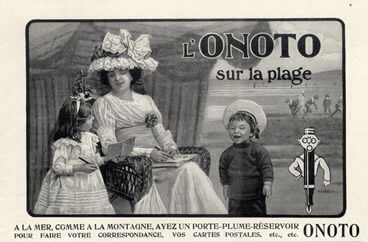
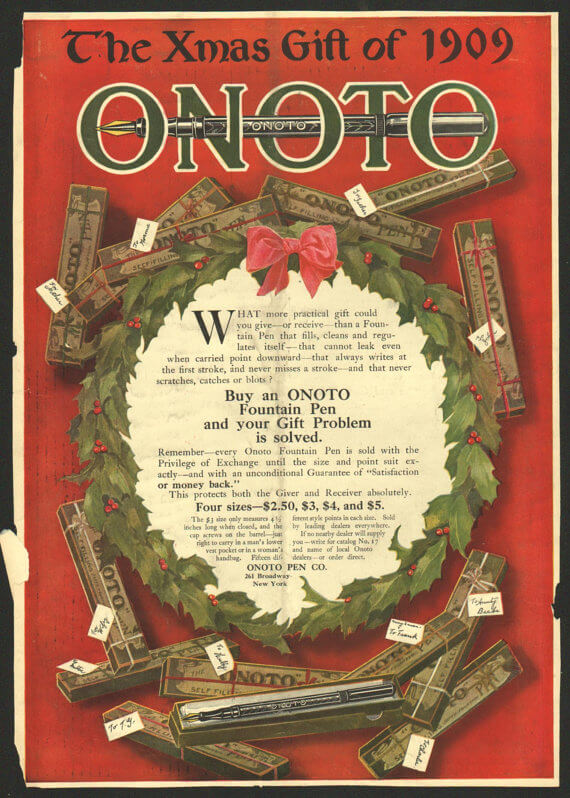
Onoto Christmas Advert in US 1909
Onoto Advert in Japan 1910s
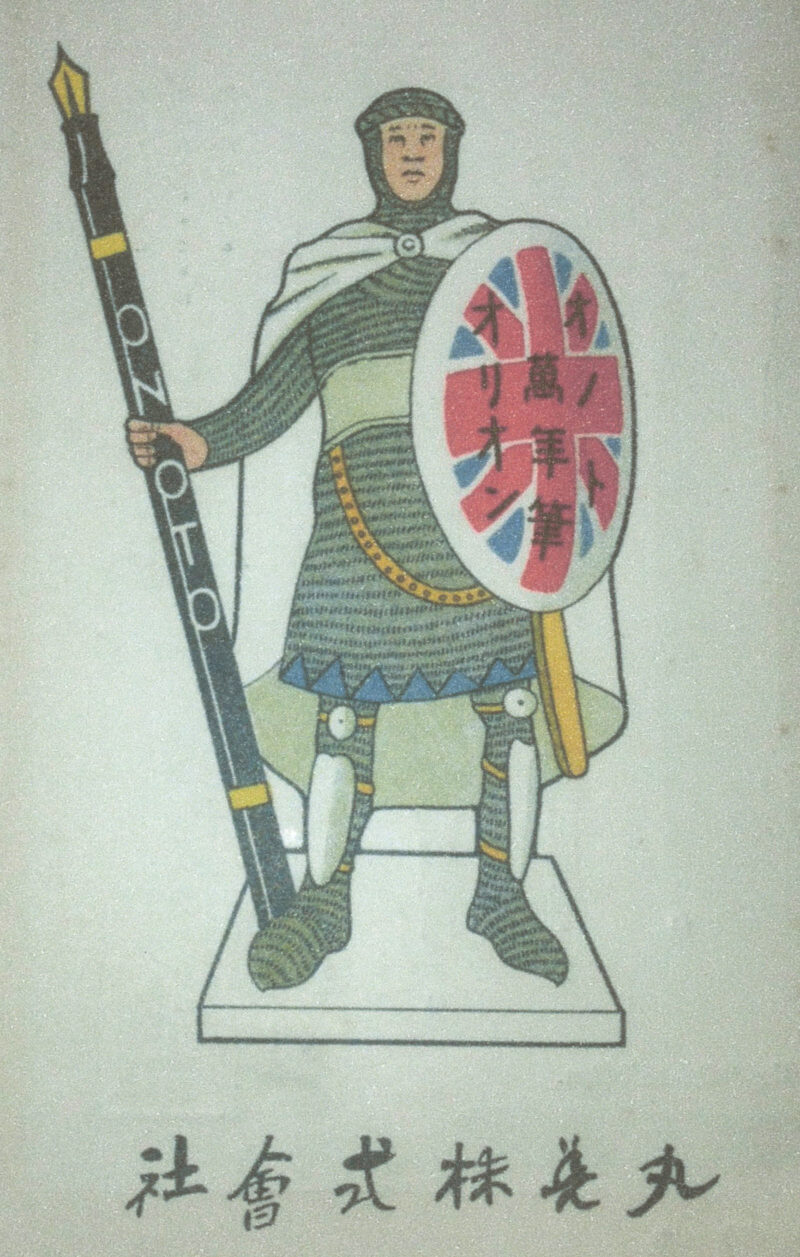
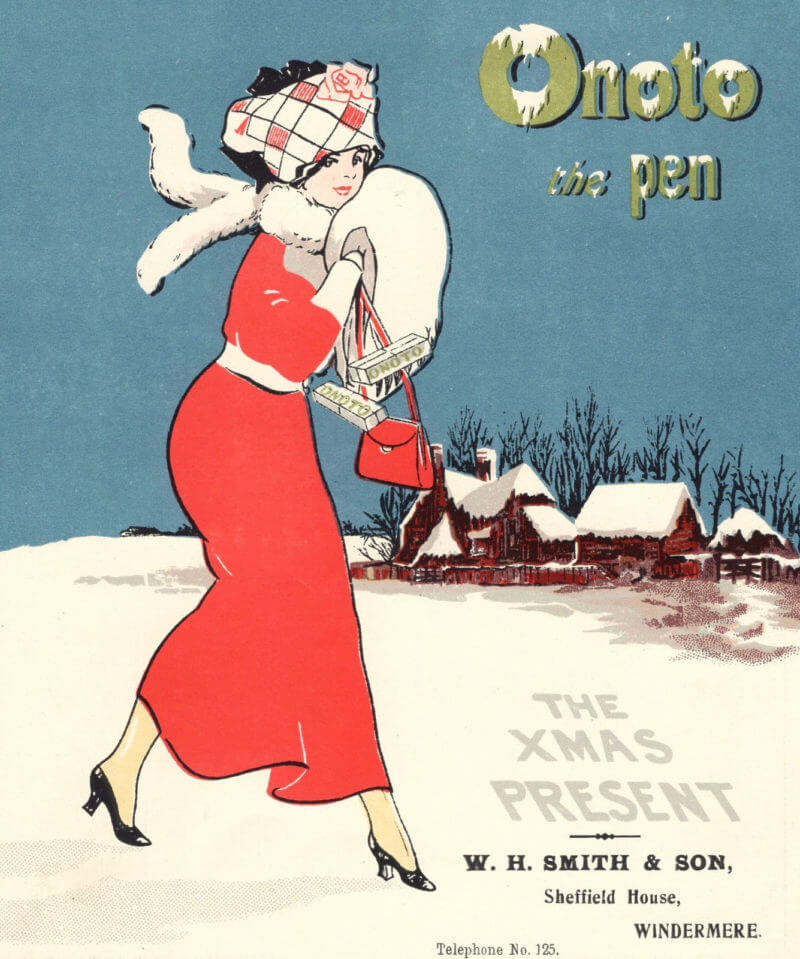
Onoto Christmas Advert 1913
Onoto “Peter Pen” Advert 1920s
